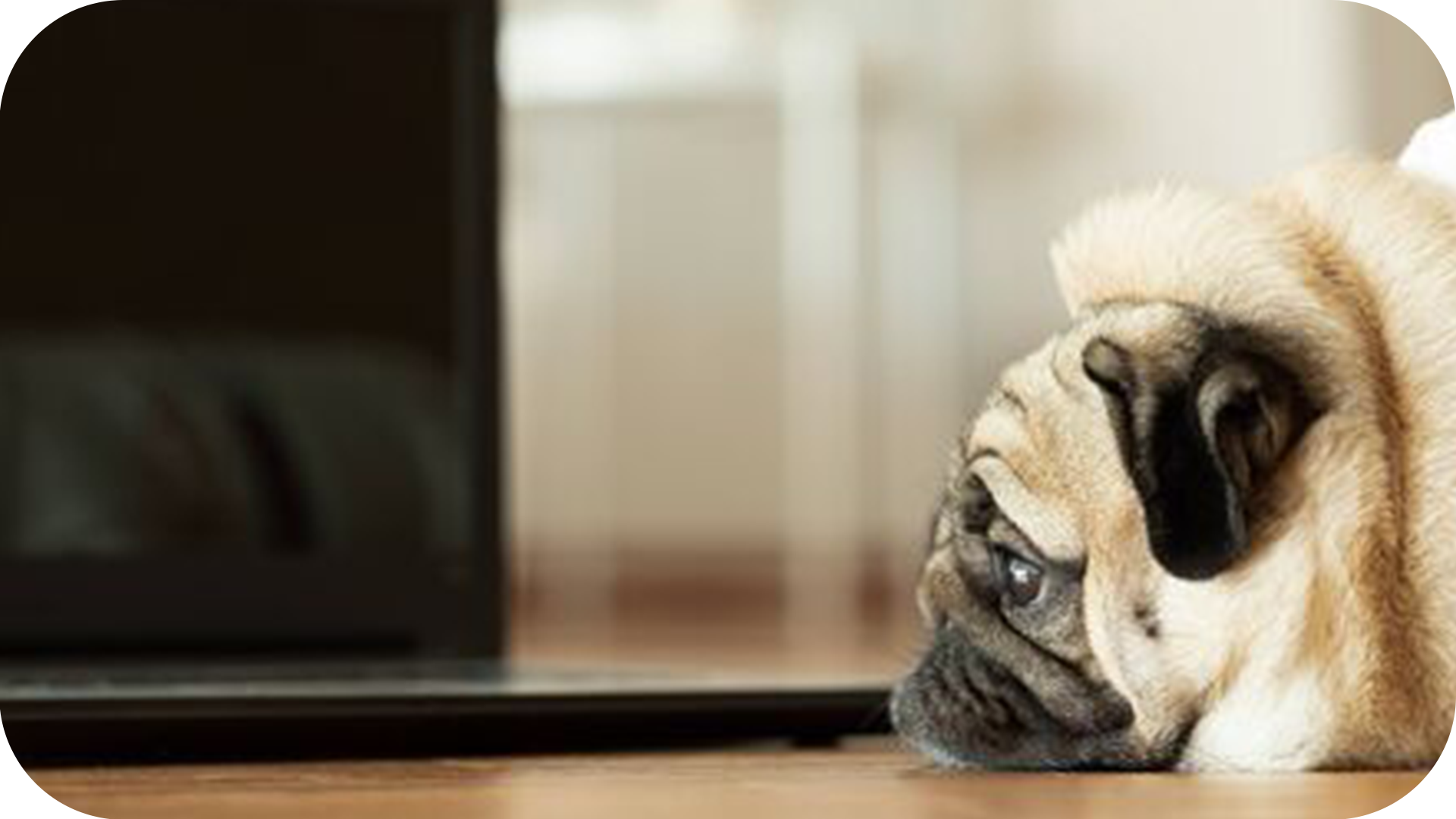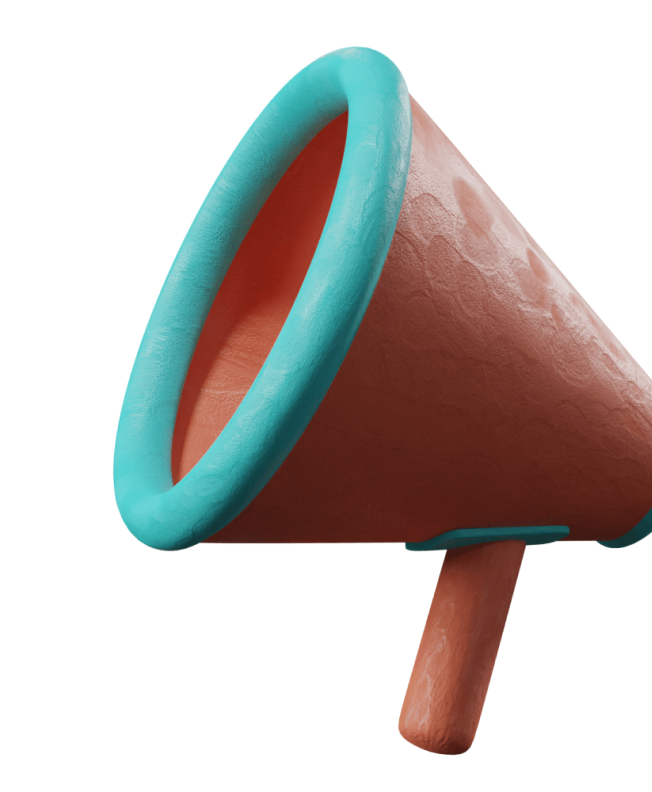
by Google
Content creation, being an influencer or a YouTuber can seem like a dream job to many people. You do what you enjoy, you are the master of your time and you have an audience that supports you. But if you have a creative job, you know that it also has a downside. You feel the pressure to perform, changing algorithms and constant comparisons with others. All of this can have an impact on your overall motivation and psyche.
Burnout is not just a problem in the corporate world, digital content creators or employees in demanding professions are also at risk. Setting a work schedule or boundaries between work and private life can sometimes be difficult and these boundaries are easily crossed. If you're tired of creating your own content, you don't create for pleasure, but out of obligation, this article is for you. Let's take a look at how to take a creative break, consciously stop, and how to include a regeneration phase in your creative cycle. 
What does burnout look like for a creator?
Content creators are often their own producers, screenwriters, editors, marketers, and accountants. At first, this multitasking is liberating – you create what you want, how you want. Burnout doesn't manifest itself in a dramatic moment, but in a creeping fatigue that worsens over time. What are the most common signs of creative burnout?
Loss of motivation: What you once enjoyed suddenly seems pointless. You stop believing that your content makes sense.
Content fatigue: You look at your output and don't feel proud of it. Everything feels like repetition or "just another post."
Algorithm fatigue: Too much energy goes into optimizing for platforms, not into the creation itself. The feeling that you are creating for numbers, not for people.
Performance stress: The constant need to "be relevant", "maintain growth", "not disappear from the feed" leads to chronic pressure. The work rhythm turns into an endless race.
Comparing yourself to others: Scrolling through other people's successes on Instagram or YouTube only reminds you of what you (don't) do.
Procrastination and reluctance to create: You start to put off even the smallest tasks, such as filming a short Reel. Every new climb feels like Mount Everest.
Fatigue that doesn't go away even after rest: You feel tired even after a weekend off. The body is fine, but the mind is exhausted.
What does the research say? According to the study Influencer Fatigue and Burnout by Tierney & Solomon (2023), burnout in creators is divided into three phases. The first is euphoria of growth, high motivation, burst of creativity, followed by stagnation and pressure, when growth slows down, anxiety about results appears, and the last phase is depression and disgust.
Burnout is not a weakness. It is the body's response to long-term stress without a break, and creators are no exception. In the next part, we'll look at when it's really time to take a break.
When is it time to stop?
Burnout doesn't happen overnight. And that's the problem, the longer you put off taking a break, the more your body and mind will force it. Creators often think that they have to go full speed, because the algorithm is waiting, the audience is expecting, and the competition is not sleeping. But real creation needs a break just as much as an idea needs one. The signals that a break is necessary are the ones we described earlier in the article as signs of creative burnout. Your body and mind always let you know when something is wrong. The problem is that we often don't listen to them. Your intuition has been telling you to slow down for a long time, but you drown it out with terms, algorithms, and comparing yourself to others. If you feel tired before you reach full burnout, it's time to stop, take a breath, and just be for a moment. The world will wait for you and your creativity will thank you for it.
Why a break is beneficial
Creators often perceive a break as a threat: “I’ll stop and lose everything I’ve built.” But the truth is exactly the opposite. A break is not a step back, it’s an investment in long-term sustainability.
Creativity is not an endless resource that works 24/7. It needs regeneration just like muscles after a workout. Research from Stanford University (Oppezzo & Schwartz, 2014) confirms that short breaks and walking increase creativity by up to 60%. Allowing yourself time off means giving your brain a chance to reorganize thoughts, process emotions, and clear your head. 
A break will also give you space for new ideas of inspiration, because the best ideas often do not come at your desk, but on a walk, in the shower, during a weekend without a mobile phone and most of all while falling asleep. When you stop producing under pressure, the mind has space to connect old information in a new way and this is exactly the basis of creative thinking.
What to do during a creative break
1. Allow yourself to "do nothing" - Rest is not a reward for performance, it is a need. Psychologists like Dr. Saundra Dalton-Smith says that there are several types of rest, and creative people often neglect mental and emotional rest.
2. Draw inspiration from other worlds - Art, nature, books, films, travel, anything that is not part of your daily routine can open up a new perspective for you. The brain connects best when it receives new stimuli, that is, outside of a familiar environment.
3. Write down ideas - Even during a break, great ideas can come to you. The difference is that you don't have to implement them right away. Just write them down, for example in notes, a notebook or a voice memo.
What to avoid
1. Don't force yourself to create just "so that something happens" - Creating under the pressure of "I have to post something" does not lead to a valuable output for you or your audience. Such content tends to be empty, soulless, and over time leads to even greater exhaustion.
2. Don't overwhelm yourself with new projects just because you "aren't working" - Creators on a break often make the mistake of starting a new merch, podcast, or collaboration instead of resting under the pretext: "I'll rest later."
How to get back to creating with new energy
Start with small steps. You don't have to launch a big series of videos, a new format, or redesign your entire Instagram right after a break. Sometimes one video or post with an idea is enough. As the author of the book Atomic Habits James Clear says: "Small changes lead to big shifts if done consistently". 
However, it doesn't hurt to reconsider your goals and work style, because if you go back to your old ways, you'll probably end up the same. After a break, it's worth asking yourself a few questions:
For whom create?
What has taken the most energy from me so far?
Which formats fulfill me the most?
What can I simplify, delegate, change?
You may find that you don't need to post every day, a longer format makes you happy, or that fewer collaborations mean more freedom. A break doesn't force you to return to the old system. It gives you the opportunity to create a new one.
Burnout is not a weakness and a break is not a failure. It's just a signal that you're human, not a machine. If you stop enjoying creation, sometimes the most helpful thing is to turn off for a while and let things go mature. Your content will still be here in a week, but you need your desire to create to be there too.






